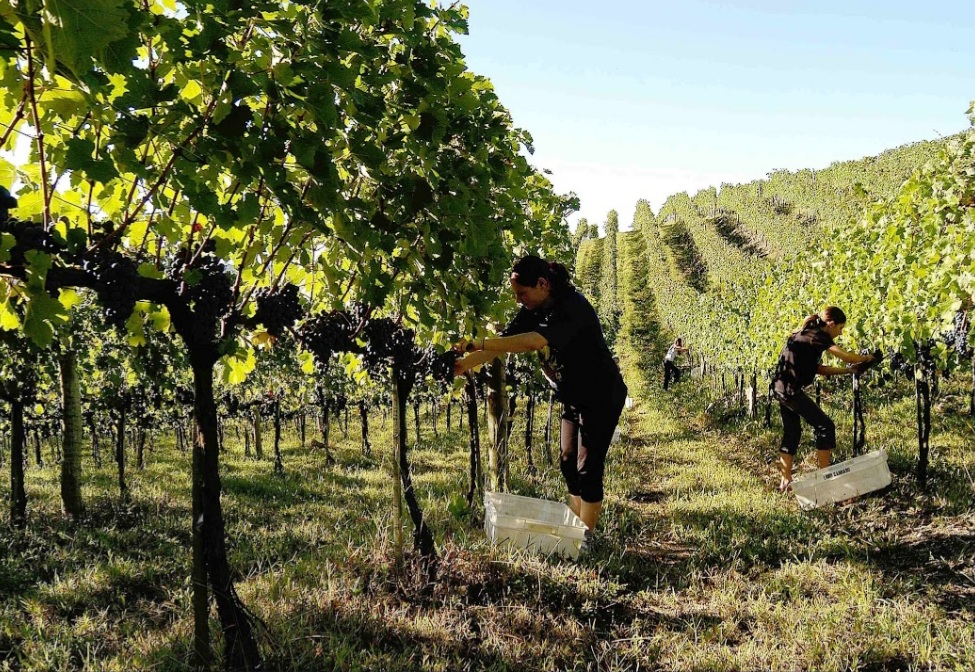The Wolf Post offers a professional service with free access, without subscription.
For this reason, a donation would also be a sign of appreciation for our work.
The valley is located in the northeast of Rio Grande do Sul, in the mountainous region of the state. The Vale dos Vinhedos Geographical Indication territory includes areas in the municipalities of Bento Gonçalves, Garibaldi and Monte Belo do Sul. The area began to be populated from the end of the 19th century, thanks to Italian immigrants who settled in Dona Isabel (today Bento Gonçalves) and Conde D`Eu (currently Garibaldi).
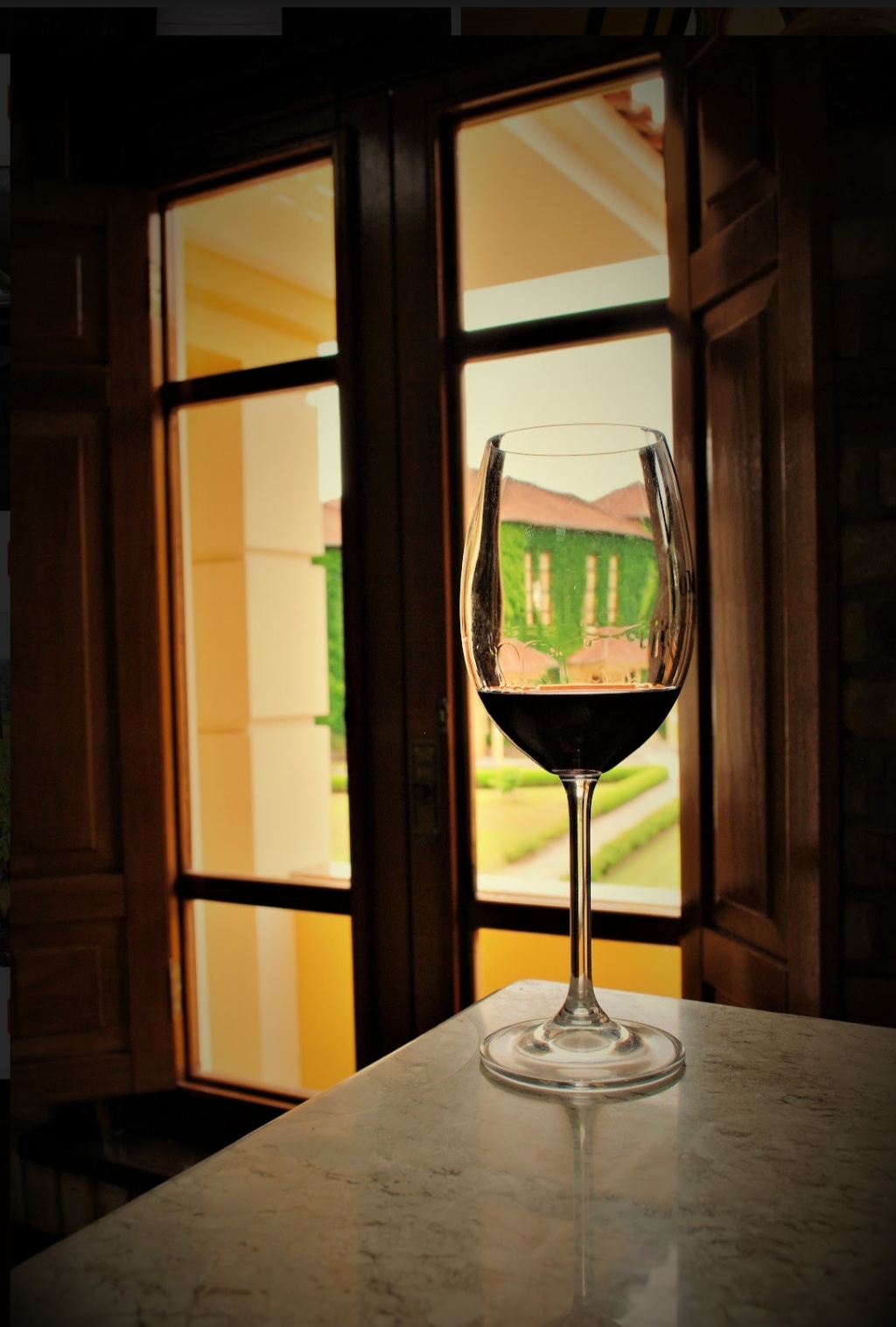
© Naiára Martini- Vale dos Vinhedos
On December 31, 1876 and January 31, 1877, the first two groups of immigrants arrived to colonize what is now known as Vale dos Vinhedos. The Linea Leopoldina, one of the first established in Colonia Dona Isabel, is the cradle of the process that formed the Vale dos Vinhedos.
These first families settled in the region where the Suvalan/Tecnovin company is located today and were gradually assigned their plots of land. In 1878, another 25 families arrived, in 1879 another 17, and in 1880 another 3, coming from Lombardy, mainly from the provinces of Mantua and Cremona. Contrary to what much literature claims, from 1877 to 1896 all rural lots were paid for by families.
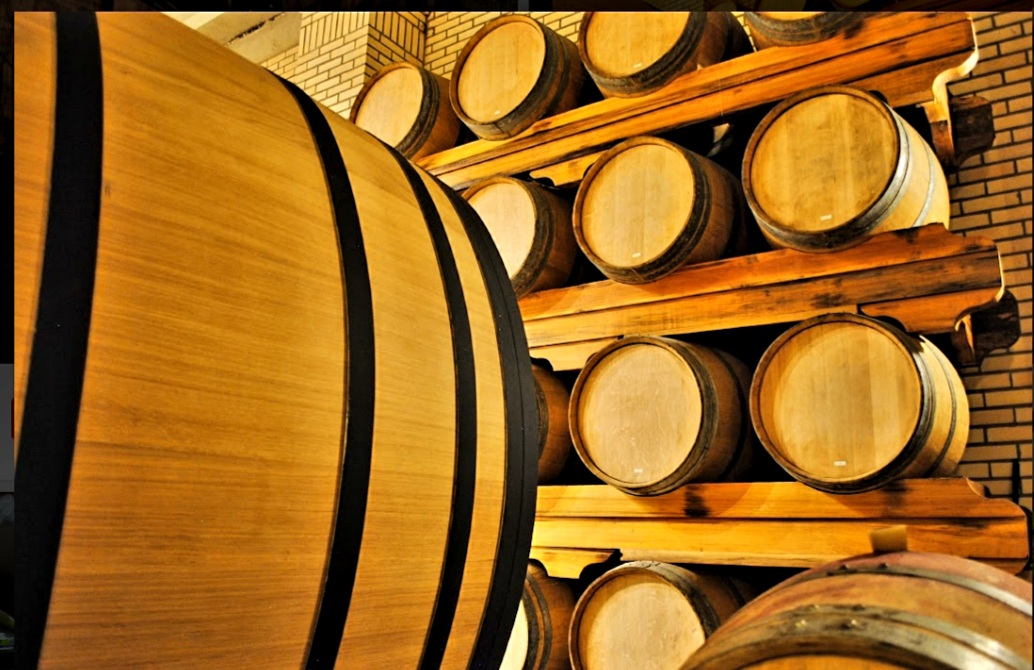
© Naiára Martini- Vale dos Vinhedos
Generations have passed since the arrival of the first immigrants and many of the families who have settled there continue to perpetuate the work and wine culture implemented, always seeking the quality and improvement of the product produced. The region is currently divided into communities, which bear the names of the chapels built by the first settlers.
The Vale dos Vinhedos Association was founded on February 21, 1995 with the aim of promoting the sustainable development of the Valley through wine tourism, integration between members and the community and encouraging the continuous search for excellence in products and services.
New investments are made every year to improve and expand the visitor services structure. Today the region offers hotels, inns, restaurants and cheese shops, but also leather goods, handicrafts, biscuits and chocolates, grape-based cosmetics, adventure tourism and accommodation agencies.
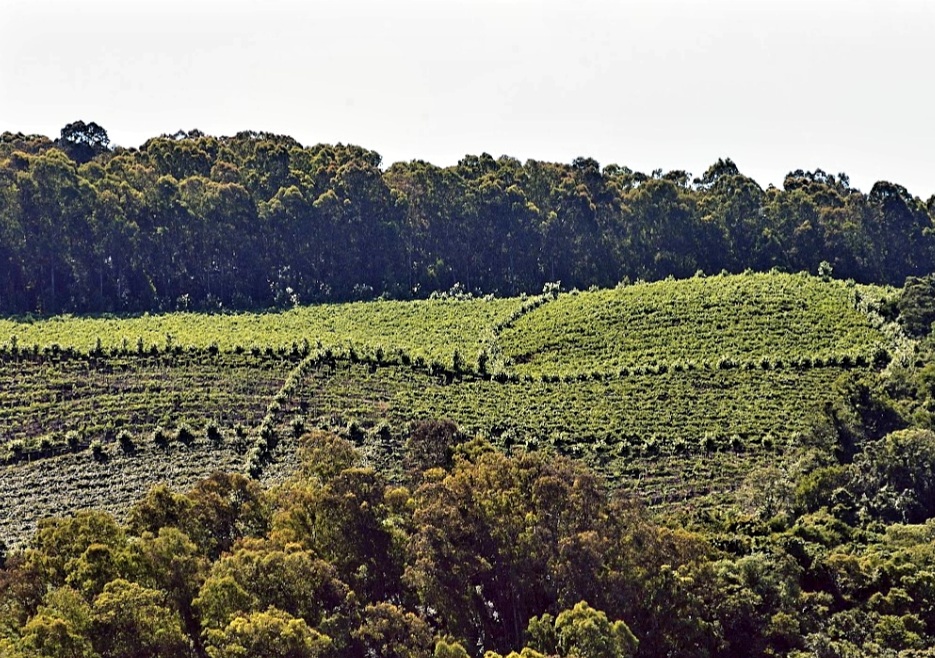
©Gilmar Gomes-Vale dos Vinhedos
In 2002, Vale dos Vinhedos obtained recognition as a Geographical Indication, being able to assign wines that met the standards established by Aprovale with the seal of Indication of Origin (PI). Since 2012, with the recognition of the Valley as a Denomination of Origin (DO), in order to boast this classification, the products must comply with more specific rules in relation to the production of grapes and winemaking.
Let’s find out more in this interview with the director of the Sandro Valduga Association.
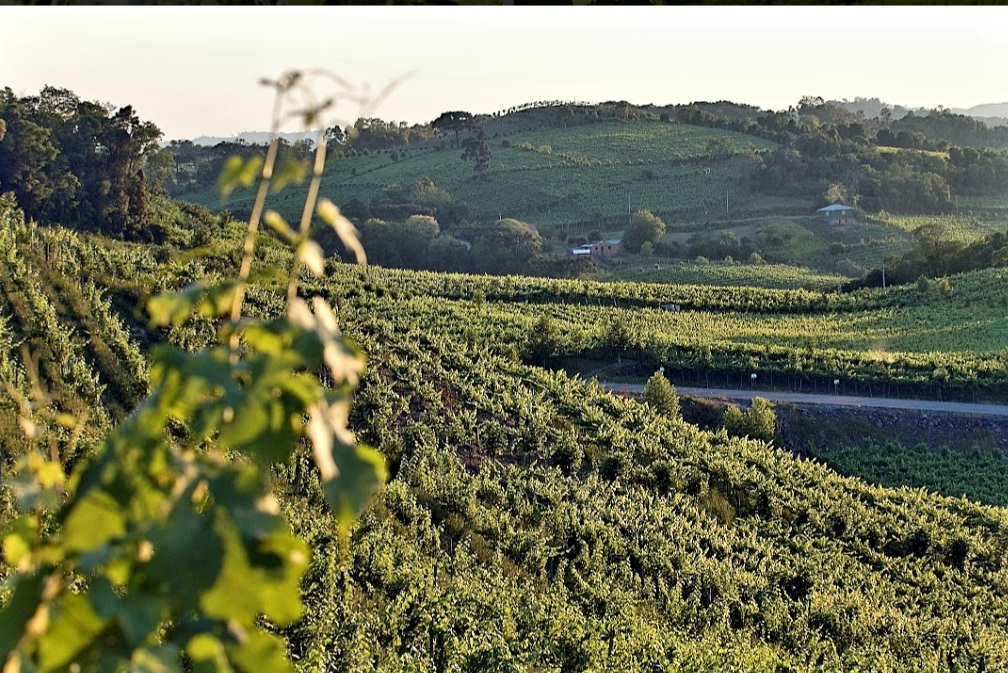
©Gilmar Gomes-Vale dos Vinhedos
What are the particularities of the territory and its wines?
In Vale dos Vinhedos, the identity of the wine is the environment, the food habits, the grapes that are best adapted and the cultivation and processing criteria that make up this product. These characteristics have given it the recognition of the first Denomination of Origin of Wines of Brazil – D.O., in 2012.
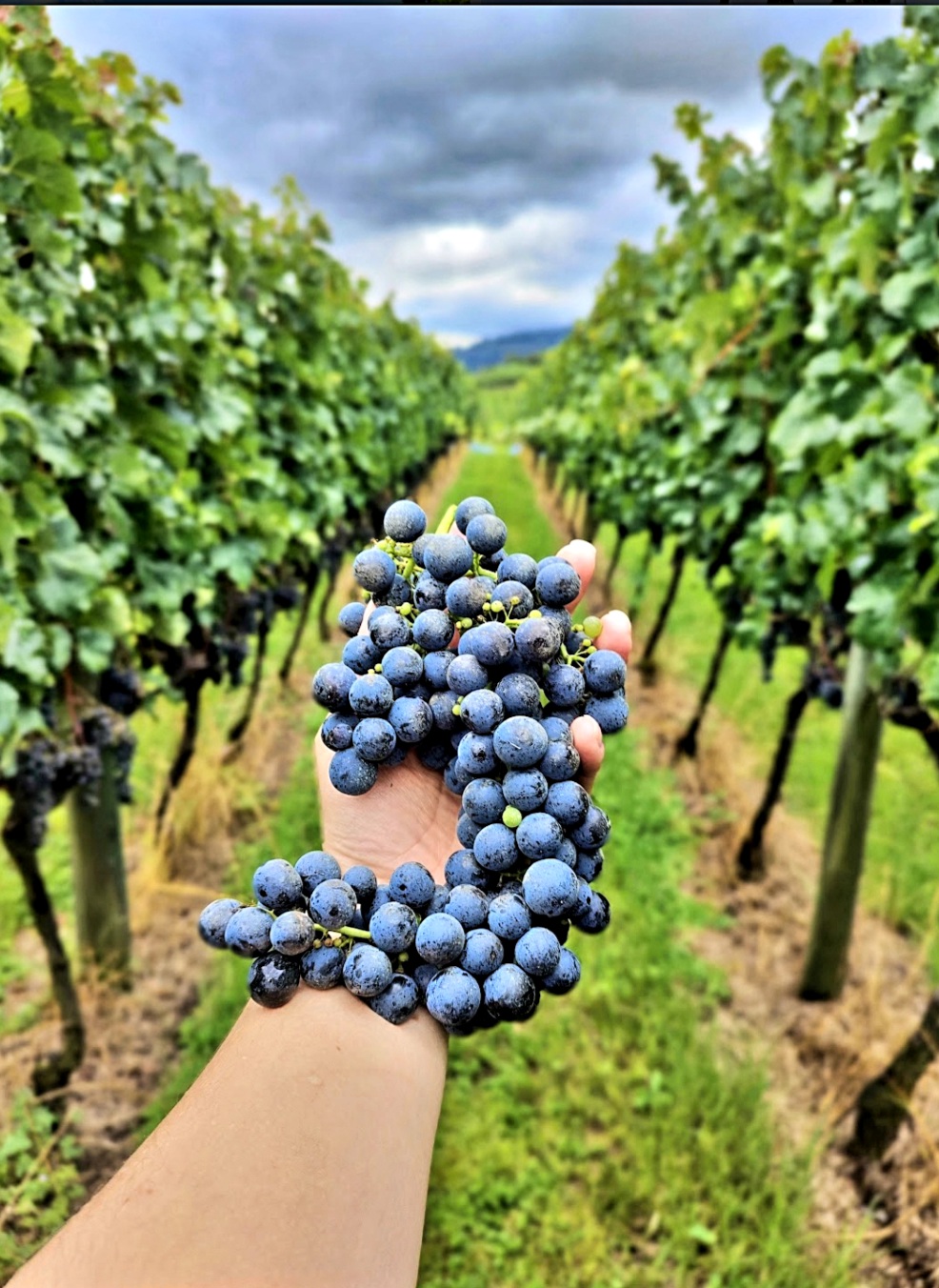
© Naiára Martini- Vale dos Vinhedos
We can say that the D.O. Vale dos Vinhedos began to be built with the arrival of Italian immigrants in the region, in 1875. From that year until 1995, the winemaking process gradually evolved. After the foundation of the Association of Producers of Precious Wines of Vale dos Vinhedos – Aprovale, there has been a remarkable qualitative evolution of the wines, value has been added to the products, the region has become known, wine tourism has developed, local culture has been valued, new jobs have been generated, the farmer has remained on his property and there has been an appreciation of the local heritage.
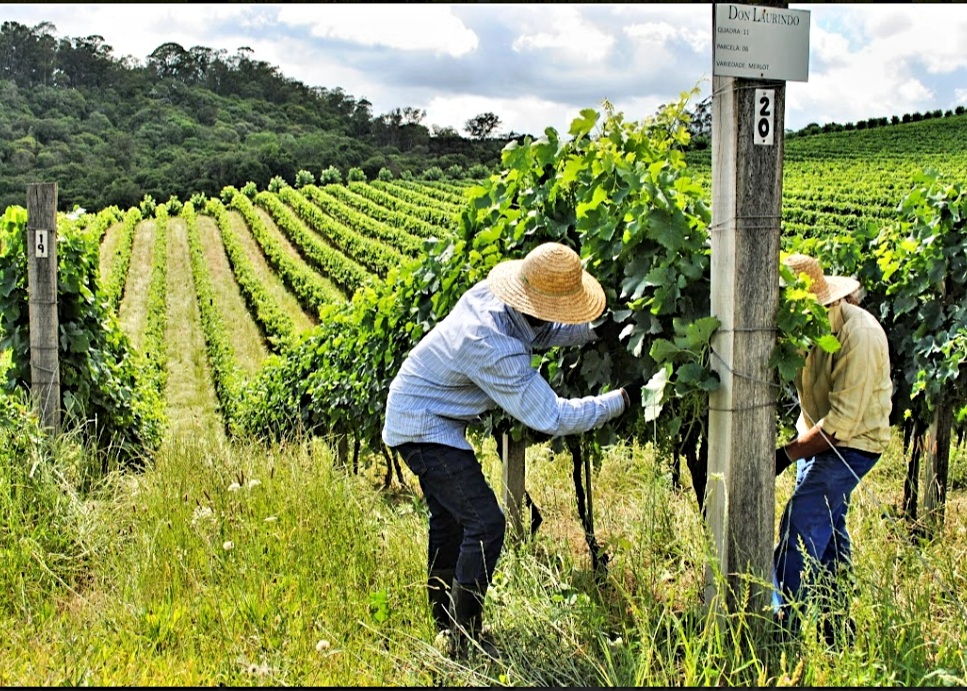
© Martini- Vale dos Vinhedos
Vale dos Vinhedos is recognized for the production of fine wines, red, white and sparkling, as well as grape juice.
Red wines, in general, are fruity, of medium intensity, possibly with nuances of spices (vanilla, cloves, coconut), deriving from contact with the oak barrels – moderately toasted. They are balanced, fresh, of medium structure, with acidity, medium body and medium persistence. Depending on the variation of the vintages, they can be more or less potent in alcohol, but usually have a medium intensity of flavour.
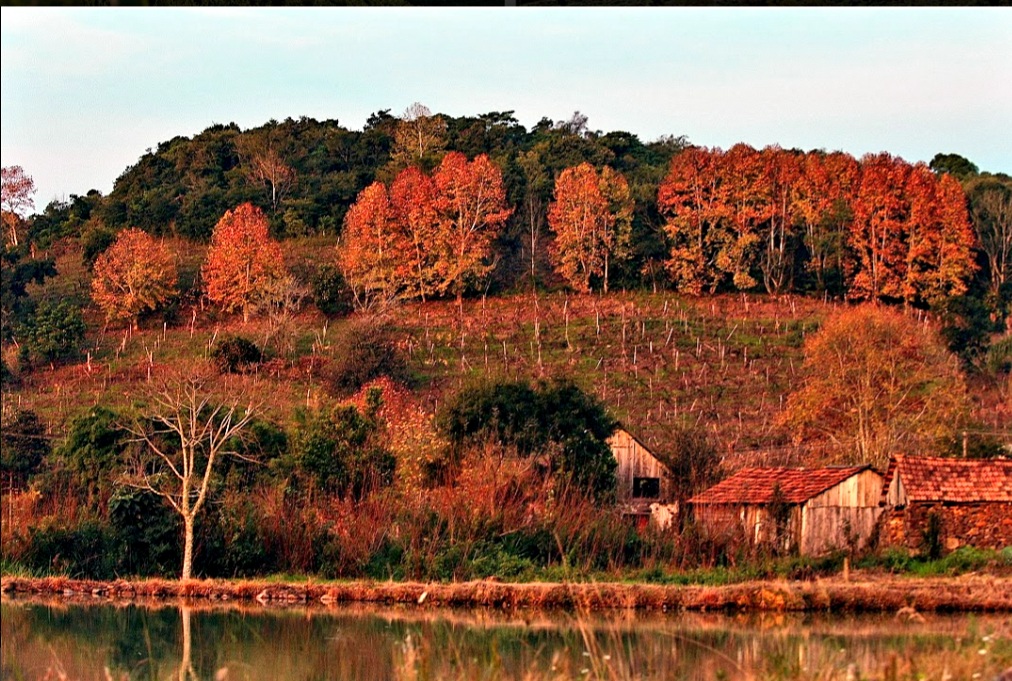
©Gilmar Gomes-Vale dos Vinhedos
White wines have notes of citrus and yellow fruit such as carambola, and tropical fruits such as pineapple. On the palate of medium intensity, fresh, lively, possibly with hints of spices in contact with the oak (fermentation or maturation phase).
And our sparkling wines are fresh and fruity, more citrus than tropical. Slightly toasted notes associated with the foaming process also appear. They are dry, not very sweet, of medium flavor intensity, medium body and structure, fine/crunchy, with a good creaminess. The acidity is alive. The persistence is medium, but with a complex flavour.
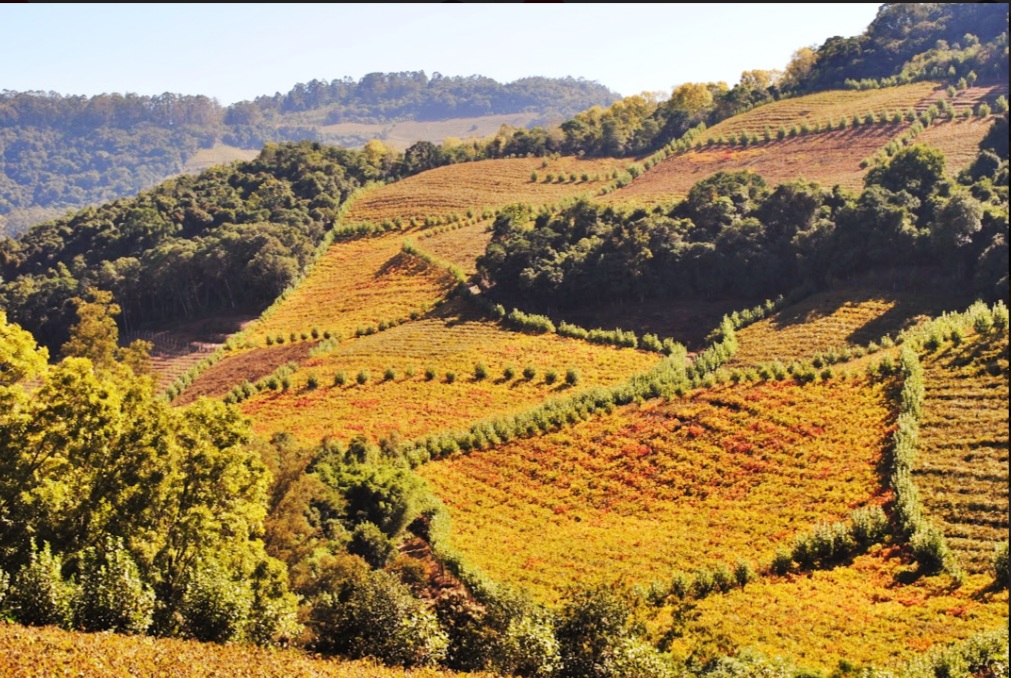
©Naiára Martini- Vale dos Vinhedos
How many wineries are there in your Region and what type of wines are produced?
There are approximately 30 wineries established in the delimited area of Vale dos Vinhedos. The wines produced are red, white and fine sparkling wines. The main varieties are: Merlot, Cabernet Sauvignon, Cabernet Franc, Tannat, Pinot Noir, Chardonnay and Italic Riesling.
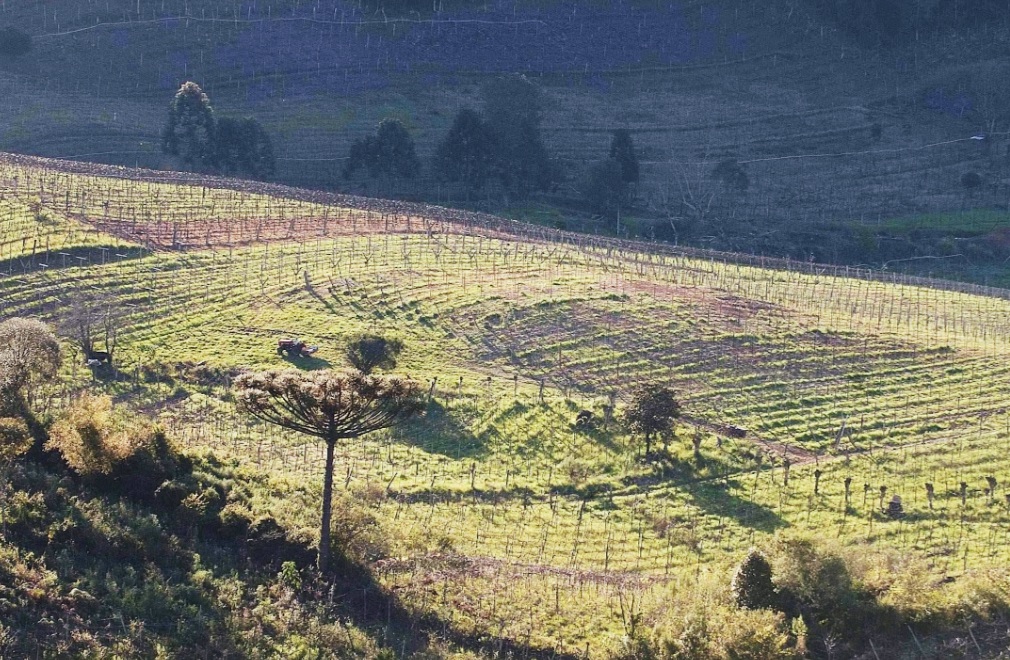
©Gilmar Gomes-Vale dos Vinhedos
For foreign tourists, what is the best time to visit the region?
The attractions of Vale dos Vinhedos are open all year round and throughout the year visitors of all nationalities are welcome to learn about the production process of our wines, taste them and also take advantage of the existing wine tourism facility.


